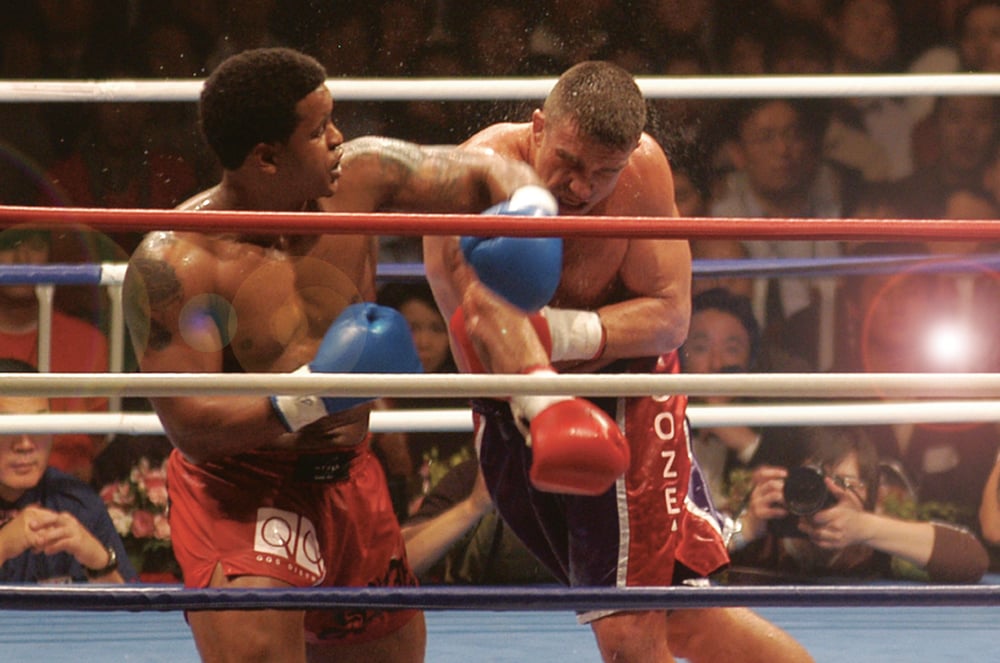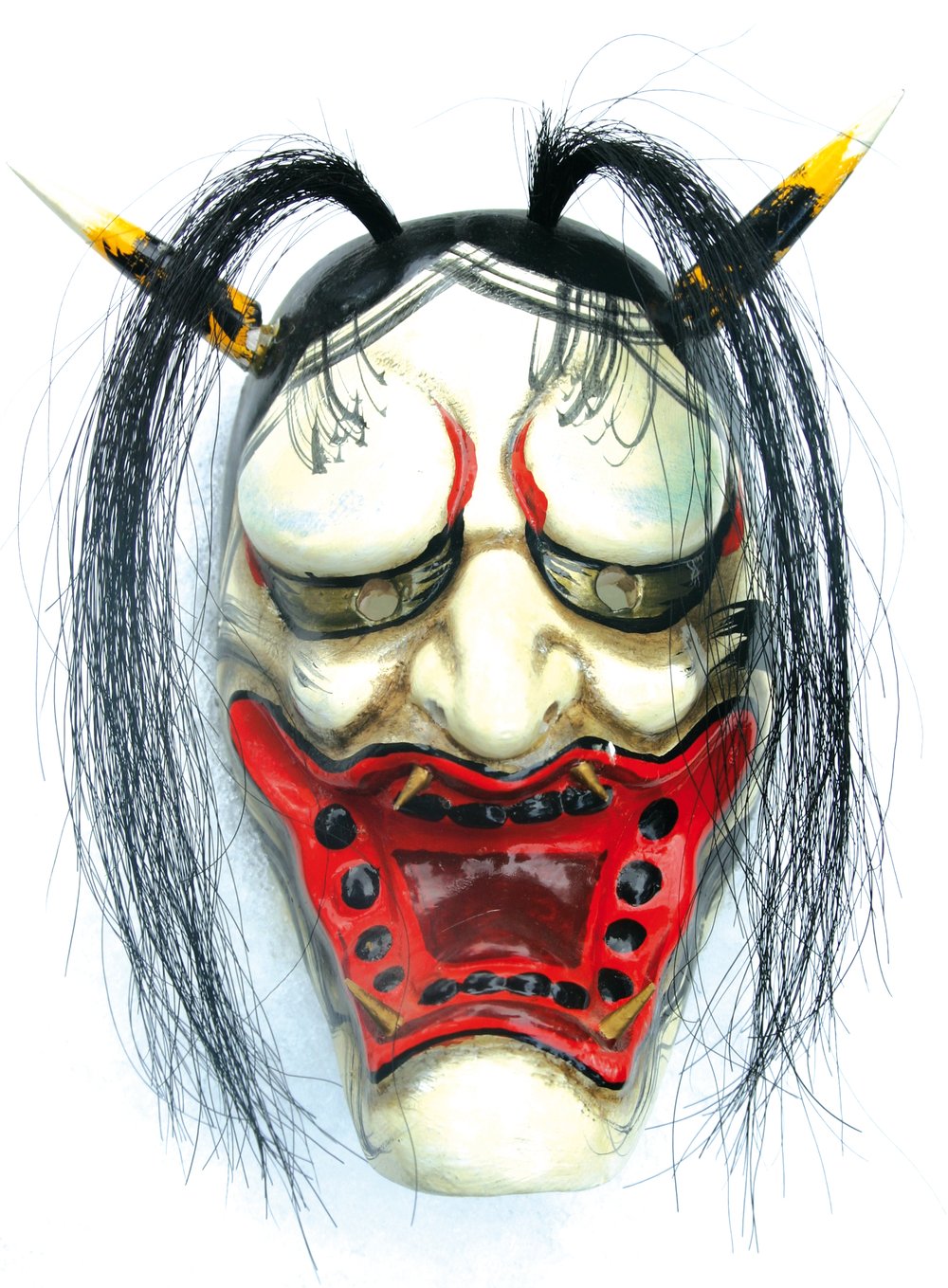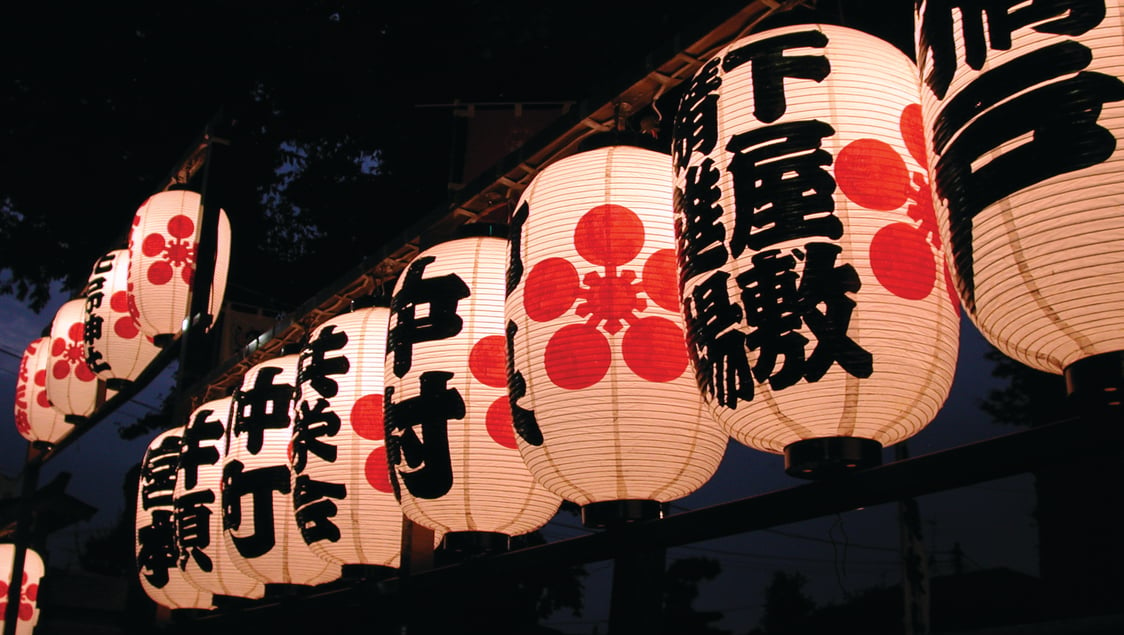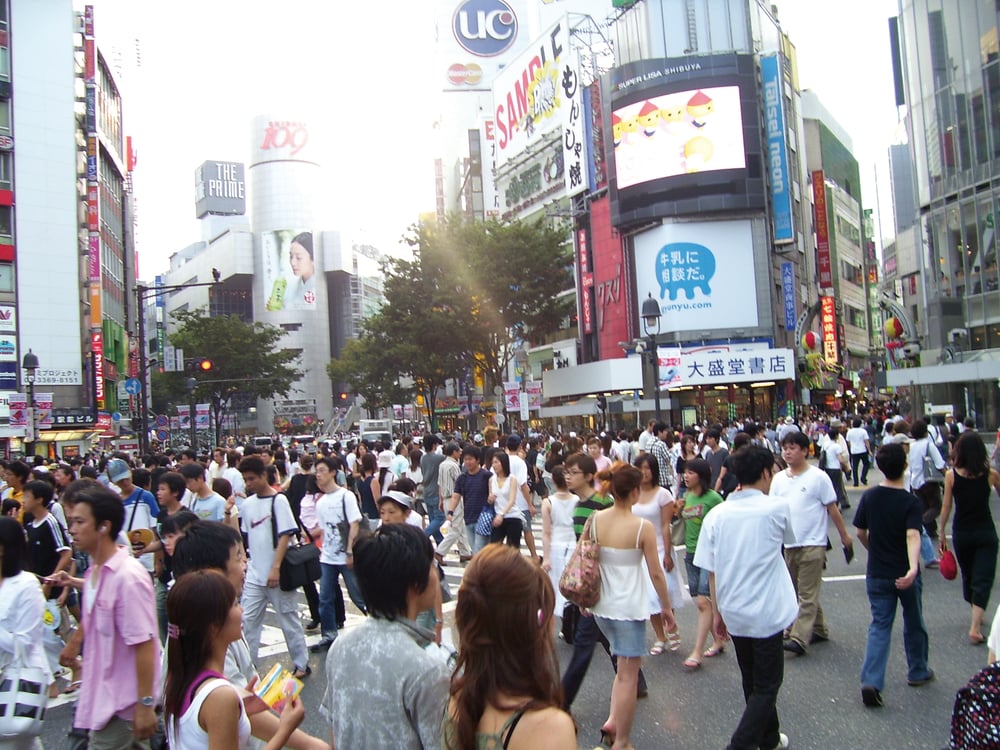
Issue 016
August 2006
Unless you’re actually there, its difficult to appreciate the level with which mixed martial arts and other combat sports have penetrated the public consciousness in Japan. Even though fans of the sport can appreciate the size and grandeur of shows such as PRIDE and K-1, it is impossible to see how much everyday life in Japan is affected by MMA. Guest writer and published author Nick Smith, an Englishman who lived in Japan on and off for five years, explains in this article a little about the level of celebrity MMA stars enjoy.
‘Really? But those tattoos make him look like a yakuza’ I hear a pretty university student say behind me. I’m sitting in Starbucks overlooking the main square of Shibuya. It’s the Covent Garden of Tokyo and I’ve been listening in for the past five minutes to a conversation between four girls about whether Norifumi ‘Kid’ Yamamoto, the K-1 lightweight superstar, is better looking than Ken Hirai, a major pop star. That’s like teeny-boppers in the UK comparing the Cage Rage champ to Robbie Williams. Kid really is that mainstream.
If you haven’t been here, it’s tough for a fight fan to appreciate the degree to which MMA and kickboxing have crossed over into the daily cultural life of Japan. It shocked the hell out of me. Every morning I take a shower and dry off with the Rings Fighting Network beach towel I picked up in a department store. A frigging Rings towel! They weren’t even a big company. However while Akira Maeda’s old promotion may have disappeared, Emelianenko Fedor wasn’t the only person who left with something tied around his waist.
Kid Yamamoto is advertising digital cameras right now. I know because I walked past a life-size poster of him (admittedly, that’s not very big) in Japan’s biggest electronics store yesterday. On the steps leading up to Ueno Park artists will sketch your portrait for three thousand yen. They each have a display of famous faces they’ve sketched to demonstrate the likeness they can achieve. Faces like Audrey Hepburn, Eminem, Leonardo Di Caprio and, of course, Kid Yamamoto. Of course.
Tarzan magazine, sort of like the Japanese FHM, first put Genki Sudo on their cover two years ago. Not long earlier he’d been walking through Shibuya with friends when a lunatic riding a scooter had stabbed him in a random attack. Six people were stabbed that day and it did wonders for Sudo’s career to be on the front page of national newspapers. He wasn’t seriously hurt, so he was soon back in the ring.
Speaking of newspapers, Kazushi Sakuraba has been in the sports pages of the Asahi Shimbun this month after ditching PRIDE in favour of K-1. Again, imagine a Western parallel. If Chuck Liddell dropped the UFC for King of the Cage would anyone in the US mass media give a shit?
Bob ‘The Beast’ Sapp is on an entirely different level again. There’s fame, and then there’s being up there in the stratosphere. His star may have faded recently but there is always room in Japan for one (physically) huge fighter to make hay. When Sapp was big, he was big. So big he was on all the evening variety shows. Think Frank Bruno before Tyson smacked him out of the limelight. Perhaps a list of some of his merchandising will convey the message:

- Bob Sapp teddy bear-style dolls are available, as are the usual He-Man style hard plastic figurines. Most regular PRIDE fighters have a figurine too;
- Walk into a fancy dress party shop and along side rubber masks of George Bush and Michael Jackson there’s one of
- the Beast;
- ‘Sapp Time’ reached number one in the J-pop music charts.
- If you hear it, you’ll be especially amazed at it’s popularity;
- In the midst of the Sapp phenomenon, the big man was rumoured to pull in $7 million from endorsements. These range from his own ice cream to appearing on billboards advertising flat screen television sets.
There was a time when absolutely anything with Sapp’s name on it would sell. Did you ever wonder why Sapp was always front and centre on K-1 event programmes? Sapp personally saved a number of pro-wrestling outfits from bankruptcy by wrestling one-off matches. His segment on a Saturday night K-1 show would pull around 25% of the total TV audience. A search of YouTube.com could probably find you the TV show where Big Bob takes on Japan’s number one pop act (Morning Musume, a bit like a Japanese Spice Girls but not as ugly) in a wrestling competition.
And this is before we mention the Masato phenomenon. When he’s not appearing on police-box posters telling kids to quit smoking, he’s going head to head with the likes of Jack Bauer and winning the TV wars.
For the media people, top fighters are an advertisers dream. A quick look around the crowd at a K-1 MAX event confirms that almost every audience member is from the 18-35 demographic, that holy grail of advertising. Young women go to see Kid and Masato fight the way Brit girls go to see Robbie or Ronan. They shriek and holler from the moment their guy makes his ring walk to the moment he disappears behind the curtain again. I swear, when Mike Zambidis laid out Kid with an overhand right, the ripple effect of dismay through Japan’s female population meant a lot of men went to bed that night without getting their jollies.
Once you get your head around the idea that these shows are fully mainstream and aimed at the casual audience then the matchmaking makes an awful lot more sense. I’m sure most fight fans have puzzled over key ‘what the fuck?’ moments in PRIDE and K-1 matchmaking history. Things like:
- Why did Kid fight a guy like Tony Valente, he of the frizzy afro and Bruce Lee leotard? Not only did people pay to see it, but it got televised too;
- Why was the Masato versus Kid fight the biggest of the year? Kid was a weight division lower and not actually a kick boxer;
- Why does Akebono still get high profile fights? His MMA record is 0-3, his kickboxing record no better;
- Why did Royce choose to fight TV star Bobby Olugun and then Akebono in his only fights in the years between the PRIDE GP and Hideo Tokoro?
- Why does Naoya Ogawa earn over a $1 million per match despite having never won a legit fight?
From a money perspective, fighting is a star-powered sport and the best stars are young Japanese. K-1 tried hard to build Kid in can’t-lose matches so that by the time Zambidis decapitated him his position was secure against the odd loss. Akebono is still a huge name among the older generation so he’s a guaranteed ticket seller. Ogawa made his name with a silver medal in judo. In Japan that put him on a level equivalent to Linford Christie or Denise Lewis, and he’s kept in the public eye ever since. Olugun is more of a Jade Goody-type ‘made’ celebrity, but give him his due he had the balls to step in the ring with Royce. Now who among you wouldn’t want to see Jade enter the cage for UK TV?

The question on everyone’s lips in Japan is how far can this go. Reality fighting has already eclipsed the fixed variety, so while in the old days (and by that I mean six or seven years ago) you’d frequently walk past a massive Tokyo Dome pro wrestling show to see a small fight show at the Korakuen Hall, these days its far more likely to be the opposite.
The current ratings war between PRIDE and K-1 is likely to intensify. In star terms it can be boiled down to a battle between Takanori Gomi and Kid Yamamoto. Of course what we really want to see is that fight happen in the ring, and it nearly did when both
were up and comers in Shooto. The Fireball Kid (Gomi) is on a roll. He’s the guy every Japanese boy wants to be. Since Bushido fed him a steady diet of gimme fights he’s gotten the aura of invincibility. His loss to Penn doesn’t count in the Japanese psyche because it was in Hawaii, many months ago, and was not televised. What he doesn’t have is good looks, so he doesn’t bring in the girls. That demographic is where the Kid cleans up. Should they ever meet in the ring it’s a fair bet that support will be split on gender lines.
Who remembers Nobuo Kakuda? Indeed, it is hardly a name that rolls off the tongue. He’s a K-1 referee now, most well known for never applying the rules against Sapp. He used to fight K-1 and had a retirement match a few years ago in Vegas against Musashi. He lost, badly.
He gave a retirement speech after the fight, which almost word for word copied Rocky Balboa’s after he went to Russia to avenge the death of Apollo Creed against Ivan Drago in Rocky 4. Yes, that speech. While the fans in Vegas went home, and TV viewers almost cried laughing, in Japan this was actually a big deal. Kakuda is a serious name. He’s been advertising pick-me-up drinks (affectionately known as ‘genki’ drinks in Japan – no relation to Sudo) for years. Mostly the adverts involve him and Peter Aerts drinking one and then sprinting down a beach. Kakuda always
has his shirt off, but then again he never did miss a chance for that. He’s also got various plastic dolls in his likeness and is a recurring character in the K-1 video game.

Oh, did I not even mention the computer games? Some Westerners encountered it in the last few years on the Playstation 2. It’s rubbish and it’s a small seller. In Japan there’s been a version every single year since 1995, sometimes more than one, and they sell just as many as you’d expect in a country many call the home of video games.
I never did interrupt those girls in Starbucks, but I’ll bet they’ve argued with their boyfriends over MMA fighters at least once. I wonder how many people could say the same in the UK.
...












